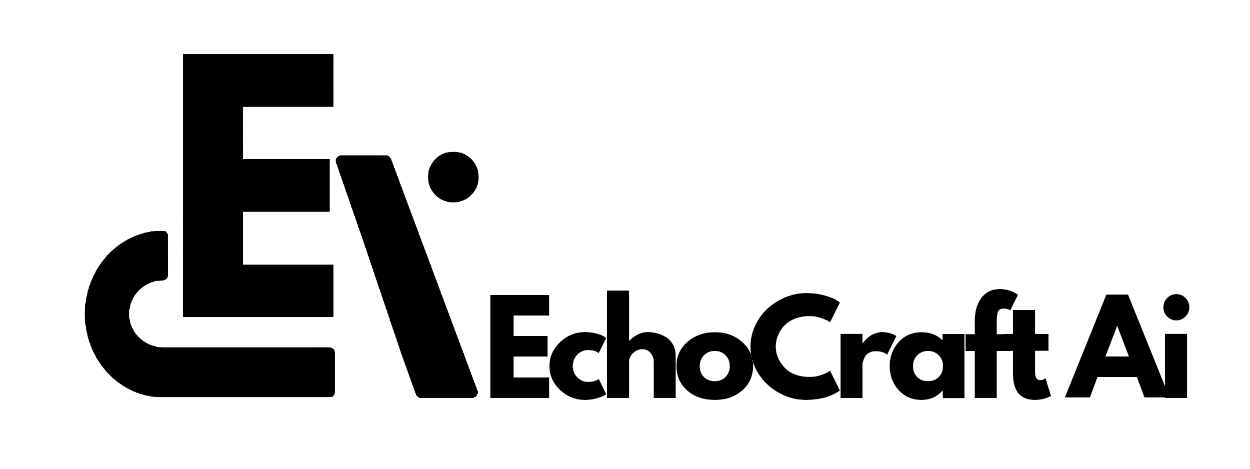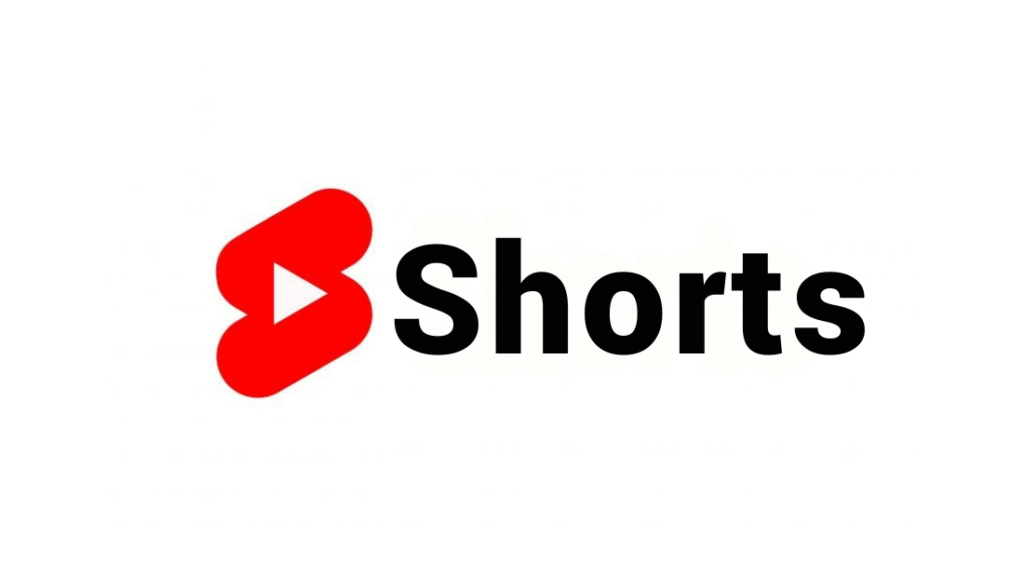A number of YouTube creators claim their Shorts videos are being modified during processing without their approval.
Highlights
- Creator Complaints: YouTubers report their Shorts being altered without consent—skin smoothed, hair sleekened, and clothing wrinkles removed—raising authenticity concerns.
- Evidence: Rhett Shull and Reddit users shared side-by-side examples showing noticeable differences compared to other platforms.
- YouTube’s Position: The company admits to “machine learning” enhancements like denoising and unblurring but denies using generative AI or upscaling.
- Terminology Debate: Critics argue the distinction between “machine learning” and “AI” feels unclear, especially when results resemble AI effects.
- Industry Context: Other platforms (Meta, Snapchat, TikTok) already apply AI-driven polish by default—sparking fears of a homogenized, hyper-processed look.
- Authenticity at Risk: Automatic edits may undermine creators’ artistic intent, particularly those with vintage, raw, or analog aesthetics.
- Consent & Ethics: Creators stress that unannounced changes erode audience trust and call for transparency and opt-out options to preserve YouTube’s “Broadcast Yourself” ethos.
Reported changes include smoother facial textures, sleeker hair, and wrinkles in clothing being erased. Creators argue that these unannounced adjustments compromise authenticity and could weaken audience trust.
Evidence of Alterations
- Rhett Shull’s Example: In a case first noted by the BBC, guitarist Rhett Shull compared the same video on YouTube Shorts and Instagram. The Shorts version appeared noticeably smoother, with what he described as “an oil painting effect.”
- Community Reports: A Reddit post from June 27 titled “YouTube Shorts are almost certainly being AI upscaled” showed side-by-side frames suggesting algorithmic detail manipulation.
Both examples highlight a recurring concern: creators’ work may be visually altered in ways they did not intend.
YouTube’s Response
YouTube acknowledged the processing changes but emphasized that no generative AI is involved. Instead, the company described the experiment as relying on “traditional machine learning” for technical enhancements.
- Unblurring video
- Denoising clips
- Improving clarity
Rene Ritchie, YouTube’s head of editorial and creator liaison, explained:
“No GenAI, no upscaling. We’re running an experiment on select YouTube Shorts that uses traditional machine learning technology, similar to what a modern smartphone does when you record a video.”
Debate Over Terminology
Some creators remain unconvinced, arguing that the difference between “machine learning” and “AI” is unclear to the average user. Ritchie responded by clarifying:
- Generative AI: newer systems such as large language models or diffusion models.
- Machine Learning: established methods focused on tasks like denoising and noise reduction.
- Upscaling: converting lower-resolution video to higher resolution — which YouTube says is not happening.
Still, creators note that the end result often looks similar to effects produced by generative AI, raising doubts about how these distinctions matter in practice.
The experiment aligns with a larger industry trend. Platforms like Meta, Snapchat, and TikTok increasingly apply AI-driven enhancements to user content, creating a more polished, “default aesthetic.”
Analysts warn this could normalize hyper-processed visuals and inadvertently marginalize creators who intentionally embrace unique, raw, or vintage looks.
Creator Concerns
For creators who rely on distinct aesthetics—such as VHS-style or analog-inspired content—these automatic alterations risk erasing artistic intent. Musician and creator Rhett Shull emphasized the deeper issue:
“The most important thing I have as a YouTube creator is trust. Replacing or enhancing my work with some AI system not only erodes that trust with the audience, but it also erodes my trust in YouTube.”
Beyond the technical debate, the controversy highlights broader ethical concerns. Creators stress that changes applied without consent undermine the principle of “Broadcast Yourself,” a core part of YouTube’s identity.


